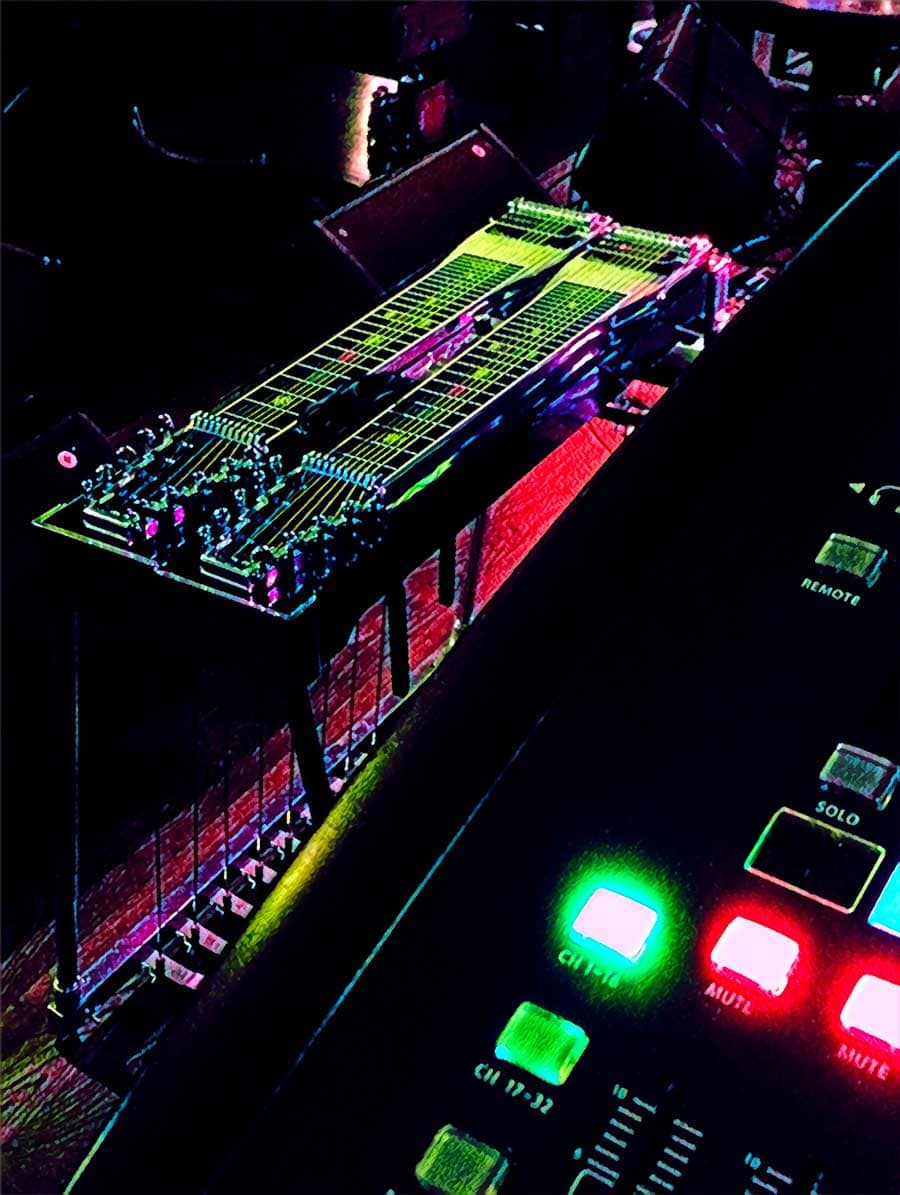As an Amazon Associate Playpedalsteel.com earns from qualifying purchases. This page contains affiliate links.
Sometimes there’s nothing more delightful than the sound of a well-mixed, sonically pleasing pedal steel in a recording. Add some tasteful playing, good tonality, and a hip song, and listeners are in for a treat.
But besides flavorful playing by a solid player, what can make the pedal steel sound even more wonderful on record? Equalize it.
With a distinctive timbre and broad frequency range, the pedal steel can often benefit from some EQ in the pre or post-production stages.
Equalization involves boosting or cutting volume levels at certain frequencies to alter the sound of a signal. Different frequencies affect the sonic space of a recording in their own way, and influencing them with EQ can improve the sound of a recorded instrument or song.
EQing during Mixing
Let’s assume the pedal steel player, engineers, and producers did their best to capture a good sound out of the pedal steel during a session…they may have had ideas on what amps to use, mics, tones they were seeking, etc. (or if you’re recording at home, you may have similar ideas for capturing the instrument’s sounds).
After the pedal steel has been recorded, the mixing process will begin to look at how the pedal steel sounds by itself, how it sounds in relation to other instruments, and how it will sound in the overall recording. This is a good time to look at how EQ can affect the pedal steel’s sound.
There are no set rules for mixing pedal steel or EQing it, so these EQ tips contain advice to help a person calibrate and experiment with sounds they want to achieve in the recording. Often, less is more with EQ or other effects, so I usually find myself using EQ as a way to compliment and enhance what already sounds good with the recorded signal.
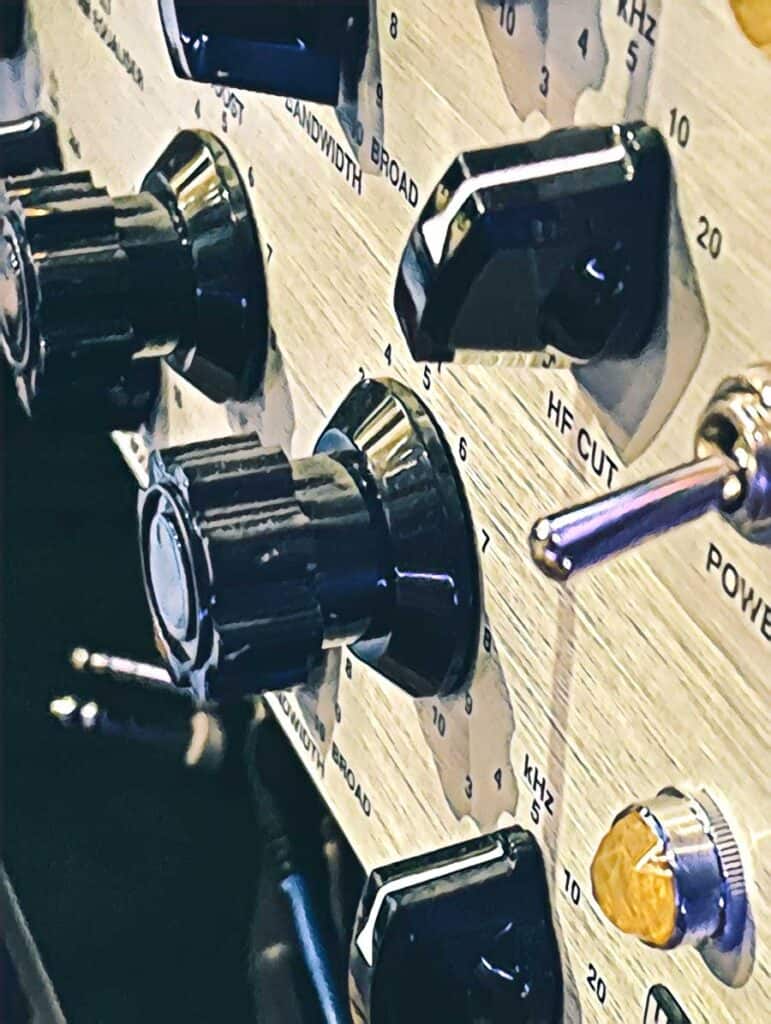
For instance, if the high frequencies of the pedal steel sound great already, then I won’t mess with them (if it ain’t broke, don’t fix it mentality). However, if the lower end frequencies of the pedal steel sound muddied, boomy, or weird, while the highs sound great, then EQing the low end can make the steel track sound much better – combine this with the already great sounding highs, and we now have a solidly pleasant pedal steel sound that we can move forward with.
Mixing Plugins
There are many EQ plugins available nowadays, however some certainly have better tonal qualities than others.
Most will have similar parameter options, but plugins modeled after outboard units may have less controls.
If you’re looking for a top-notch EQ plugin that will provide nice tonal equalization for pedal steel, then check out Sonnox’s Oxford EQ plugin. Waves’ Linear Phase EQ plugin is another good option.
EQ Tips & Tricks
After mixing pedal steel numerous times for recordings with bands, singer-songwriters, and solo playing, here are the most common and successful uses I have found for EQ on the pedal steel:
- Cut between 300 and 400 Hz with a fairly wide Q: This is often a very boomy, muddy, and dense area of the frequency range that can hold a lot of unwanted energy and sound that a listener can live without. Cutting this area usually results in a cleaner steel sound, allowing the mids to sound clearer, and the highs to have more presence. Also, it will give the bass and drums more room to breathe and thrive in the lower end of the frequency spectrum – we don’t want to step on their toes too much, especially if the pedal steel is being utilized more for its higher frequencies in the recording.
Furthermore, if we are playing lower frequencies on our steel (C6 bass notes especially), cutting this 300-400 Hz range can help define and provide “oomph” to these lower notes, and give them more impact on the listener without bogging them down. I often cut the gain pretty aggressively on this adjustment…I’ve found myself cutting anywhere from 3 dB to 9 dB with a fairly wide Q. [Note: this cut works wonders when mixing a drum kit – it will usually clear up the sound of the overall drums in an amazing manner.]
- Slightly boost 10 kHz and higher with a shelf: This will add more presence to the pedal steel, and can often allow the highs to “crystallize” and sparkle within the recording. The pedal steel is often known for its higher frequencies, and its ability to “cry” in the upper threshold of the sonic spectrum. This boost can magnify this characteristic of the pedal steel, and allow listeners to indulge in its highs. As temtping as it is, try not to overdo it though: a 0.5 to 1.0 db boost is usually plenty with this shelf.
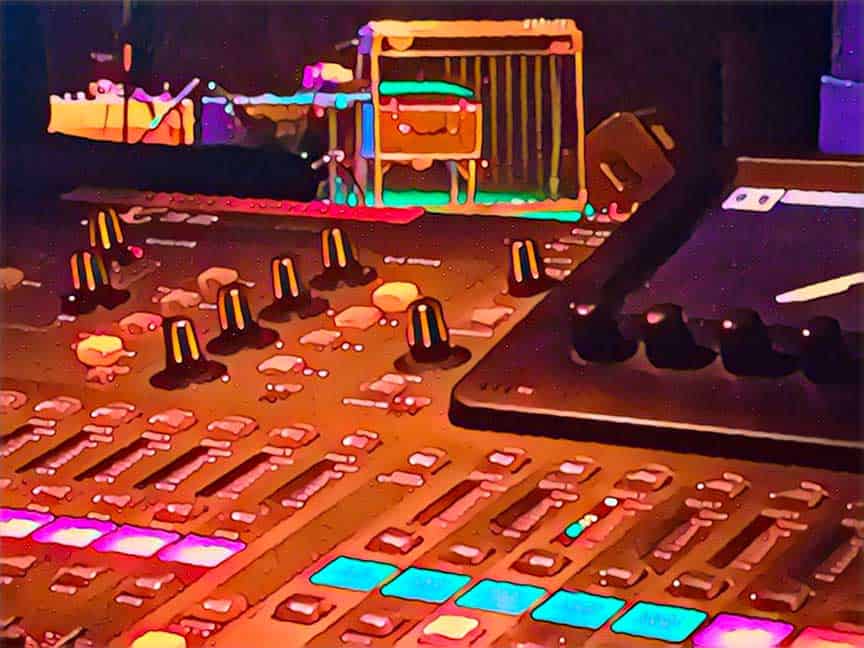
- Cut 4 kHz with a sharp Q: I often find that when a recorded instrument sounds shrill or irritating in the mids to highs that it can really benefit from a 4K cut. The human ears are pretty sensitive around this frequency range; if a recording has too much going on in this frequency range, then it can often feel like someone is throwing a dart into your ear. That sounds pretty rough, and may be a little exaggerated, but it is often true. My guess is that if a person scrapes their nails on a chalkboard (are your ears hurting yet?), and it is recorded, this recording won’t sound nearly as bad if a 4K cut is added to it. Alright, you get the point.
With many recordings and recorded instruments, if there is some harshness in the mids to highs, it can often live in the 4 kHz area. This pertains to the pedal steel as well, so let’s fluff up this great sounding instrument and make it feel real comfortable to listeners’ ears by cutting 4K if there is some harshness. I do this with a fairly sharp Q, and usually cut between 1.0 dB to 3.5 dB depending on the severity. I use a sharp Q to be sure not to mess with other important harmonics, tones, or frequencies that are important to the overall sound of the instrument – I don’t want to step on any frequency’s toes if they are adding pleasantness to the sound, especially in the higher frequencies of the pedal steel
- Don’t give away your Grandma’s secret recipe, but boosting 20 kHz can really spice up the meal: So, you may be asking: “I thought humans can only hear sounds within the 20 Hz to 20,000 Hz range?” Well there is some truth to this, but that doesn’t mean sonic energy doesn’t live outside of this range…just ask dogs, many of them can hear well beyond 20,000 Hz. Well, besides that we want man’s best friend to enjoy the sound of our pedal steels, there is also another reason to boost here: it can really add some air, lucidity, and sparkle to the sound.
This boost is like adding presence to the sound, but at an even higher elevation, at a place where clouds mist into snow-capped peaks and angels wave huge feathers to provide a nice relaxing breeze for whomever finds themselves in this 20K and beyond oasis. OK, back to earth (can you tell I really like this EQ trick?). This tip was taught to me by a Grammy-winning mastering engineer, and I am forever grateful. It is very hard to hear the difference between before and after this boost, but it is there and with critical ears it can be found, just give it some time. I usually boost 0.5 dB here, and enjoy how fluffy it makes the instrument sound, especially since the pedal steel enjoys frolicking in the high frequencies.
A/B Testing: Reap your Rewards
A great way to see and hear these EQ tips in action is to use the bypass button on your EQ plug-in, and A/B (compare before and after) the added equalization. For instance, take the 4K cut mentioned earlier and listen to the pedal steel as it originally sounded. Next, add in the cut on your EQ. Now take a listen…notice any difference?
Maybe, maybe not. Now go ahead and hit the bypass button on your plug-in to see what it sounded like without EQ again. Then add the EQ into it again by releasing the bypass button. Try to listen for any subtle changes in the sound of the instrument with and without the EQ.
It may take a few or several comparisons, but chances are you’ll notice some differences and whether or not they improve the sound. Try closing your eyes, if you’re having trouble hearing the differences. Or try clicking the bypass button with your eyes closed a random amount of times, then click it again, and see what sounds better to your ears. Once you have which one you think sounds better, open your eyes and see if it’s the one with EQ on it. This may help you narrow down whether or not the EQ is actually helping the overall sound.
These EQ tips are just suggestions if one isn’t completely happy with the sound they’re hearing with the recording…there are often times when the recorded signal sounds great already and will hold up beautifully on its own.
However, experimenting with these tips can be a great way to learn the effect different frequencies can have on the ears. It can also be a great way to better understand the sound of the pedal steel, and how EQing it can affect it.
These EQ tricks can always be used on amplifiers and EQ effects pedals too. Check out Boss’s GE-7 7-Band Graphic Equalizer, which gives you more options for defining the pedal steel’s sound with EQ.
Whether you’re EQing in the practice room, on the bandstand, in the studio, or on that snow-capped oasis land mentioned earlier, enjoy your experimenting, and I hope you get closer to the sound you desire!
Thanks for checking out this page, hope it is helpful and makes playing more enjoyable! If you’re interested in diving deeper into playing E9 pedal steel, check out these resources and guides…
The Chord Guide for E9 Pedal Steel (E-Book, Digital Download)
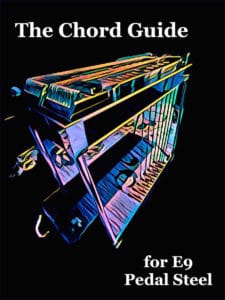
Learn the chords on the E9 neck in a way that makes playing simple and enjoyable…
- Almost Every Chord You’ll Ever Need for E9
- Intuitive and Easy to Use
- Make Use of Pedal and Lever Combinations
- Example Tabs of Chord Movements
- Easily Utilize the Nashville Number System
- Great For Any Key and Style of Music
Includes a bonus section of over a hundred pages of extra chord charts, key references, and more!
Playing Pedal Steel:
The Essentials
An easy and intuitive approach to mastering the pedal steel…
- An in-depth look at bar control, the right hand, using pedals, & the volume pedal
- Multi Angle Views – that you can always reference.
- Ways to Practice, How to Practice, What to Practice.
An online pedal steel lesson series – includes a free pedal steel EBook!
More Digital Downloads for Pedal Steel…
The Scale Book for E9 Pedal Steel
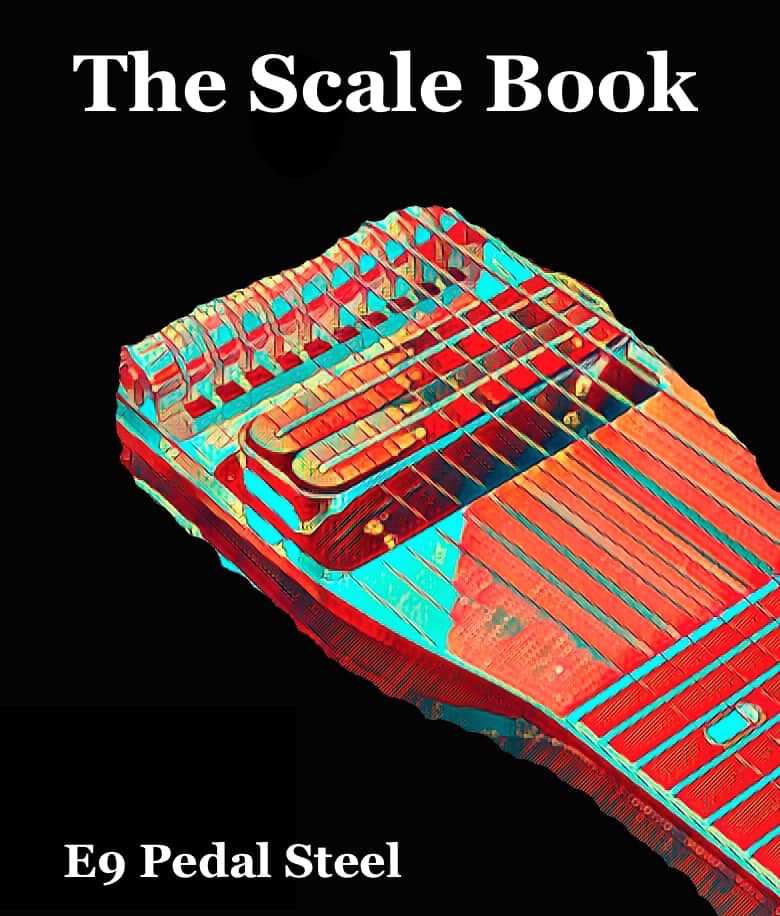
Over 1,000 Pages with Tabs and Diagrams!
- Easy to Use Reference for Practicing
- All Major and Minor Pentatonic Scales, Modes, Major Scales
- All Keys, and Covers the Fretboard
- Includes Pockets of Scales
The Art of Right Hand Technique
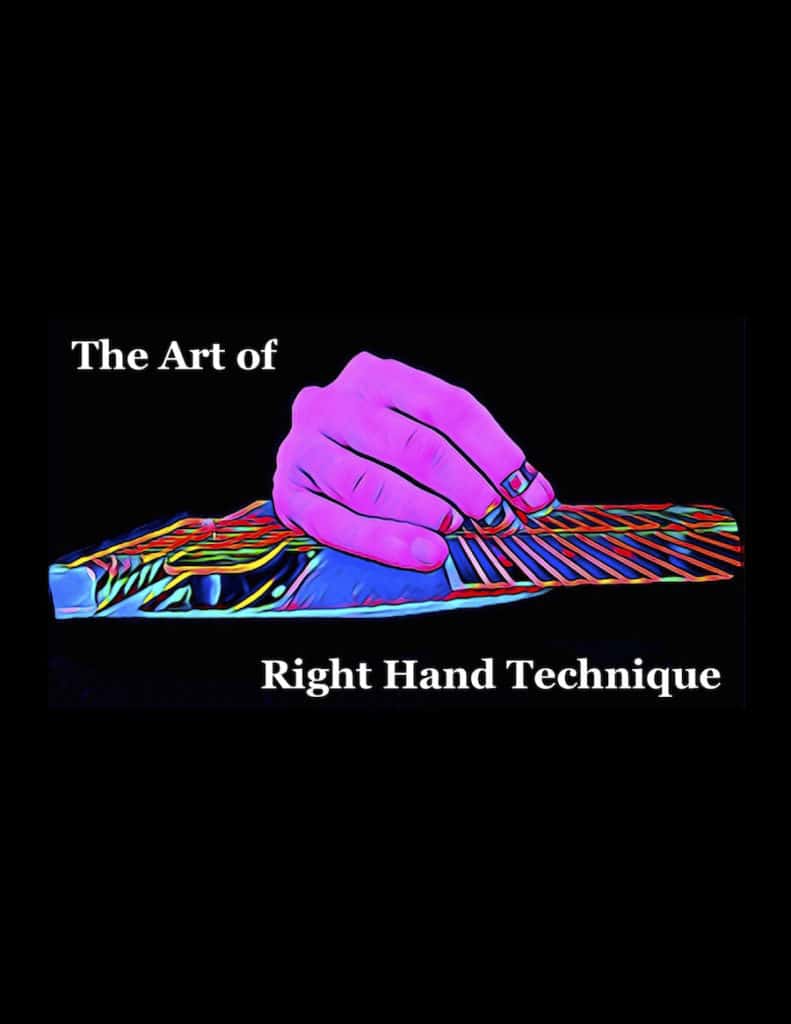
A detailed look at one of the most challenging and mysterious aspects of steel guitar playing: the right hand…
- An In-Depth Guide to Picking and Blocking
- How to Efficiently and Accurately Play Notes on Steel Guitar with Info, Advice, and Tips…
- Great for Pedal Steel, Lap Steel, and Console Steel Guitar
- Over 100 Pages with Graphics, Illustrations, & Practice Exercises
200 Country Riffs & Licks for E9 Pedal Steel
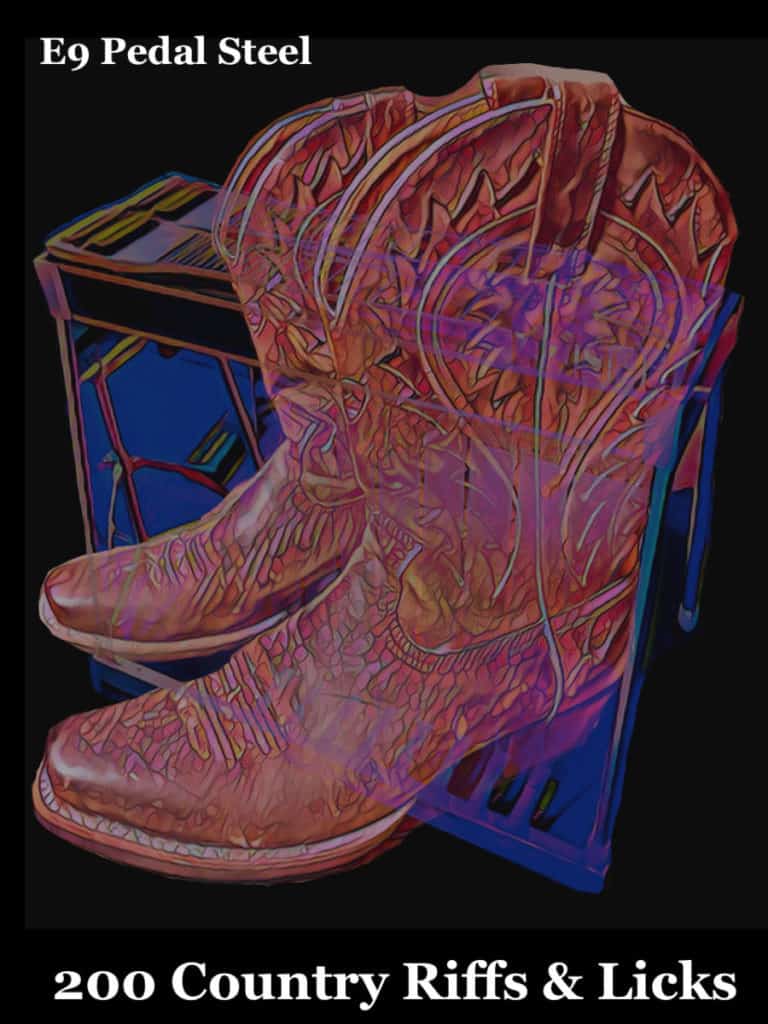
Add these country licks to your playing repertoire…
- Easy to Read Format
- Includes Rhythmic Notation
- Playing Over Chord Changes
- Great for Country, Alt-Country, & Honky-Tonk Styles
